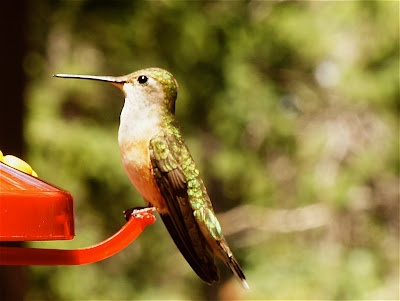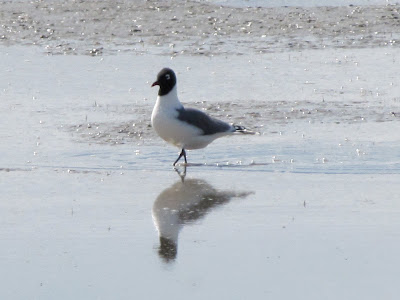
Scientific Estimate: Archilochus Colubris
Population Estimate: 7M
Range / Habitat: Eastern America’s sole breeding hummingbird, the ruby-throated hummingbird is a migratory species that breeds in eastern North America, as far north as the southern limit of dense boreal forests, and winters in Central America, from south Sinaloa and south Veracruz, Mexico, to Belize, Honduras, Guatemala, El Salvador, Nicaragua and, sometimes, extreme western Panama. It is also a regular winter visitor to central and southern Florida and the Gulf coast of Louisiana and Texas.
Field Notes: Iridescent green back, males with red throat which can appear dark depending on the light. This is the only hummingbird in the eastern US. The male is recognised by its iridescent, ruby red gorget, which covers the entire throat, and by its black face and chin and entirely dark, deeply-forked tail. The larger female and the immature bird lack the gorget, instead possessing a white chin and throat with variable amounts of thin, dark streaking, and have a dark, slightly-forked tail with white edging. All ruby-throated hummingbirds have a bright, metallic-green back and crown, which often appears darker on the males, and white underparts with greenish flanks. The plumage of the ruby-throated hummingbird, however, varies with the intensity of the light and, consequently, often appears almost black.
Personal Notes: Identification is easy in Minnesota, however, the above bird was in Costa Rica in early May, which complicated our ID at bit.

















































